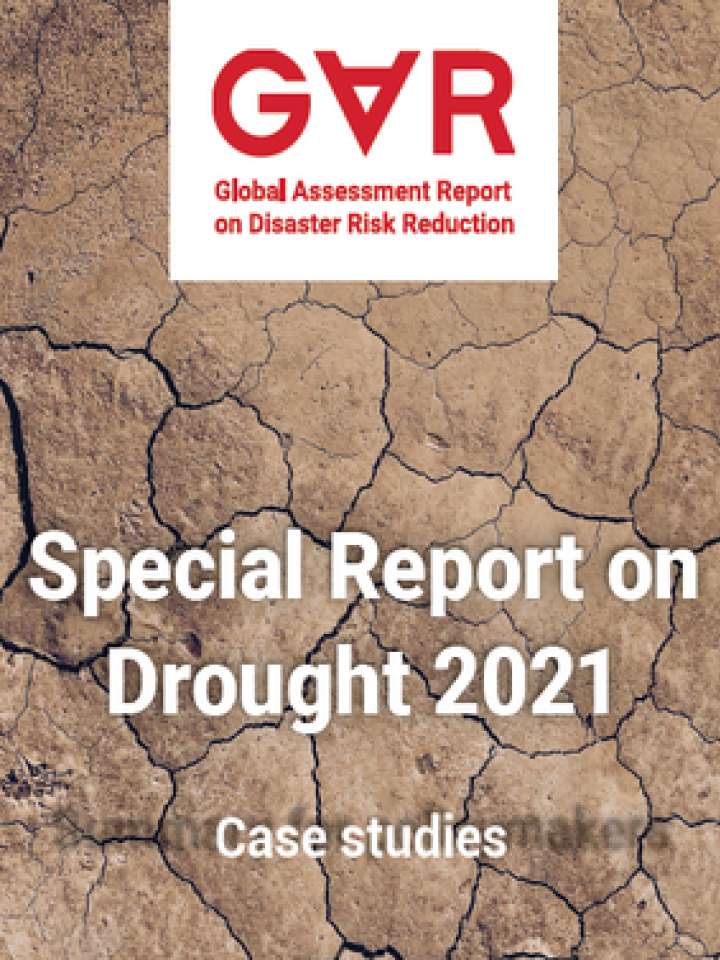Drought impacts and policy responses in Brazil: the case of the Northeast Region
Key messages
Drought has been a major concern in Northeast of Brazil for centuries with major socio-economic and environmental impacts, especially in its semiarid lands. Nowadays, droughts are lasting longer and getting more severe, affecting various sectors of society, and becoming one of the major challenges in water management in Northeast of Brazil.
- Lack of coordinated collaboration among not only Federal and States governments, but also among institutions within their own jurisdiction, create difficulties to design a drought management plan with short and long term goals, as well as to implement the planned mitigation measures, if they exist, when droughts develop, making it very difficult for society to cope successfully with the occurrence of an event.
- Climate change studies suggest the frequency, severity and duration of droughts are likely to change in the future, which in combination with traditional, and very often unsustainable, economic development plans for the region, may result in a situation where the far-reaching impacts of drought are very likely to increase across states, municipalities, communities, watersheds and economies.
- Emphasis on infrastructure overshadows the importance of preparedness, such as contingency plans for specific sectors. Infrastructure should be viewed as part of the solution, but it may become a problem if we do not take into account the climate change scenarios in the engineering design.
- Current efforts focus on the development and establishment of a proactive drought management system to replace the old and ineffective system based solely on reactive response and highly dependent on infrastructure solutions.
This case study is a contribution to the GAR Special Report on Drought 2021.
Explore further
Hazards
Drought
Themes
Governance
Country and region
Brazil
